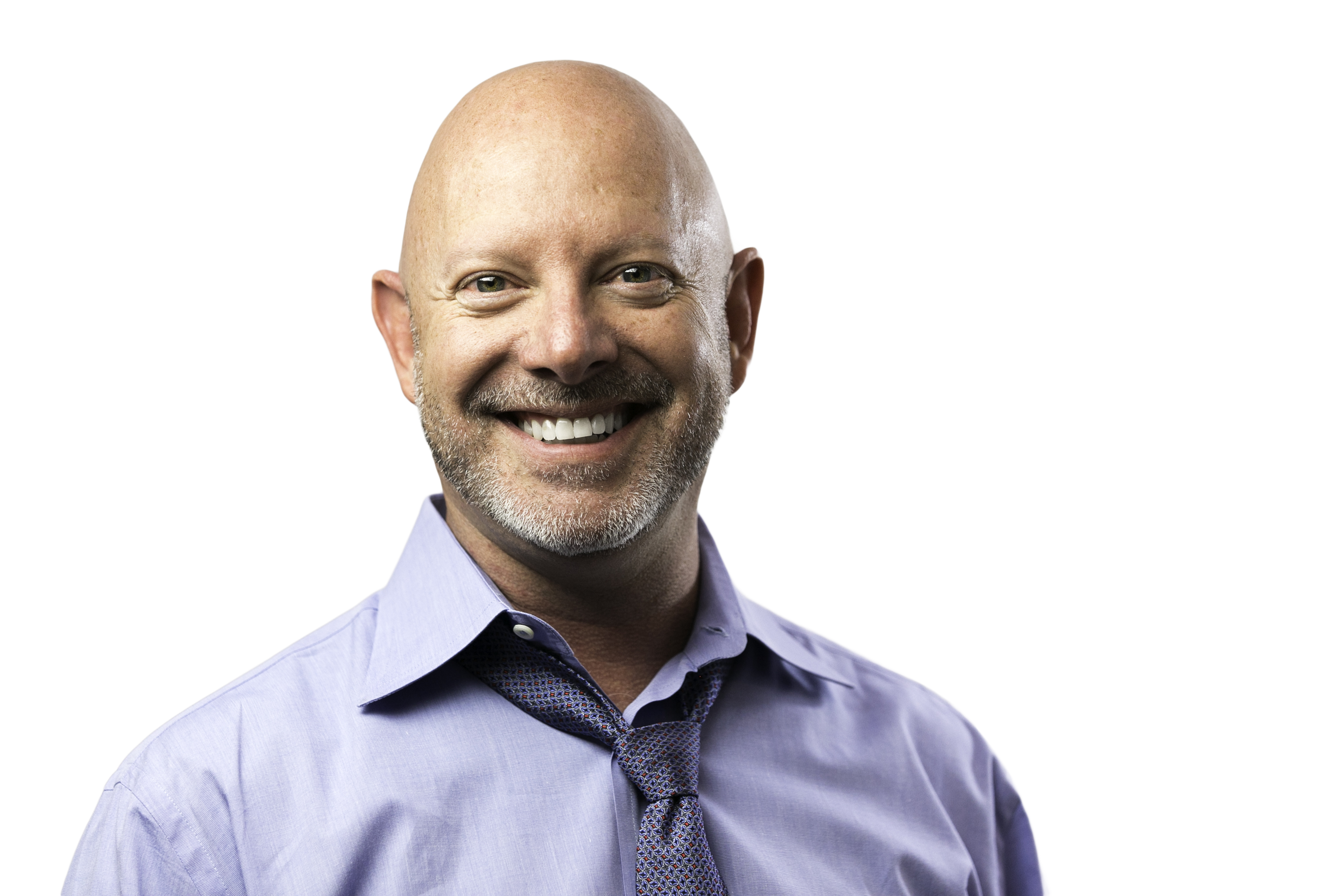- Video Library
- Advanced Scanners | Jeff Levine, CEO
Advanced Scanners | Jeff Levine, CEO

Jeff Levine
Jeff Levine As CEO, Jeff guides strategy and makes sure his team has everything it needs for success. Jeff has a 30+ year track record of starting and building great companies. Prior companies founded include commercial and consumer electronics manufacturing, from the circuit board to final product, Jeff was responsible for all aspects of business development, marketing, sales, service, and technical support. He graduated from SUNY Stony Brook, BA Economics, and earned his M.I.M. from Thunderbird School of Global Management.
Jeff Levine
Jeff Levine As CEO, Jeff guides strategy and makes sure his team has everything it needs for success. Jeff has a 30+ year track record of starting and building great companies. Prior companies founded include commercial and consumer electronics manufacturing, from the circuit board to final product, Jeff was responsible for all aspects of business development, marketing, sales, service, and technical support. He graduated from SUNY Stony Brook, BA Economics, and earned his M.I.M. from Thunderbird School of Global Management.

17011 Beach Blvd, Suite 500 Huntington Beach, CA 92647
714-847-3540© 2025 Life Science Intelligence, Inc., All Rights Reserved. | Privacy Policy







